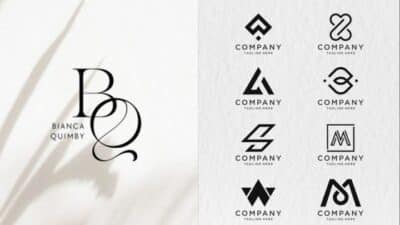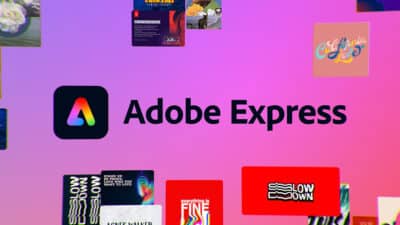Your startup logo is more than just an image; it’s the face of your brand and the first impression customers will have. A well-designed logo clearly communicates your startup’s identity and values while being memorable and versatile across different platforms. Understanding what your brand stands for is key to creating a logo that effectively connects with your audience.
You have many options when designing your logo, from hiring a professional to using online tools that offer real-time customization and fast results. Leveraging the right resources can simplify the process and ensure you get a design that fits your unique business needs.
Creating a strong startup logo requires balancing style, clarity, and adaptability to stand out in your industry. Thoughtful design choices will help ensure your logo works well in various contexts, from digital platforms to physical products.
Key Takeways
- Your logo should clearly reflect your startup’s identity and message.
- Use tools or services that allow customization to streamline logo creation.
- Ensure your logo design is flexible for use across multiple formats and industries.
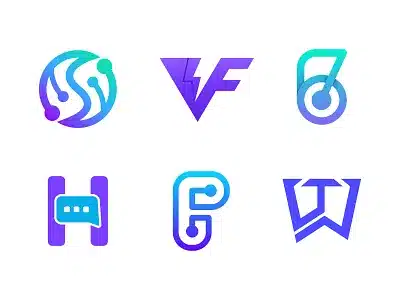
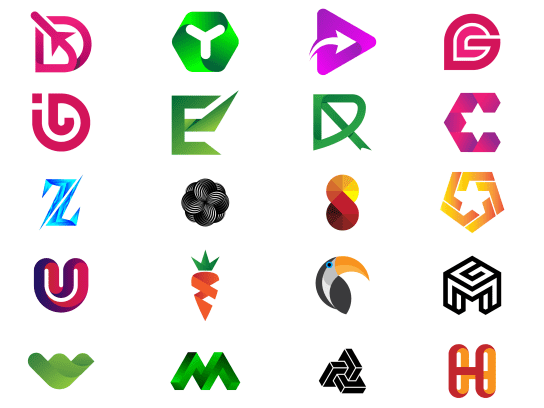
Understanding Startup Logo Design
A startup logo must be clear, intentional, and aligned with your core business values. Your logo influences how your audience perceives your brand and sets the foundation for your overall brand identity. Achieving balance between uniqueness and simplicity can help your logo stand out while remaining memorable.
What Makes a Great Startup Logo
A great startup logo is simple, scalable, and memorable. It should work well across different mediums, from app icons to business cards.
Consider these points:
- Uniqueness: Avoid generic elements to prevent blending in with competitors.
- Relevance: Your logo should reflect your startup’s mission and industry.
- Versatility: It should look good in black and white as well as color.
- Simplicity: Minimalist logos are easier to recognize and recall.
Colors and typography also play key roles. Choose colors that resonate with your target audience and support your brand’s personality. Typography should be clean and legible to complement the logo design without overpowering it.
Logo Design Versus Branding
Your logo is one piece of a larger branding puzzle. While the logo acts as a symbol, branding defines how your company communicates and connects with customers.
Branding includes:
- Voice and messaging
- Visual style, beyond just the logo
- Customer experience
Think of your logo as the face of your startup, while branding is the overall impression you leave. A strong logo can help build trust, but it works best when supported by consistent branding across all channels.
Common Logo Design Mistakes
Many startups fall into avoidable traps during logo design. Recognizing these mistakes helps you save time and budget.
Watch out for:
- Overcomplication: Crowded or overly detailed logos lose clarity at small sizes.
- Following trends blindly: Trendy elements may become outdated quickly.
- Ignoring scalability: Logos should remain clear from tiny app icons to large banners.
- Poor color choices: Colors should align with your brand message and ensure accessibility.
- Neglecting research: Skipping competitor and audience analysis can lead to generic or confusing designs.
Avoid these pitfalls to create a logo that supports your startup’s growth and brand identity.
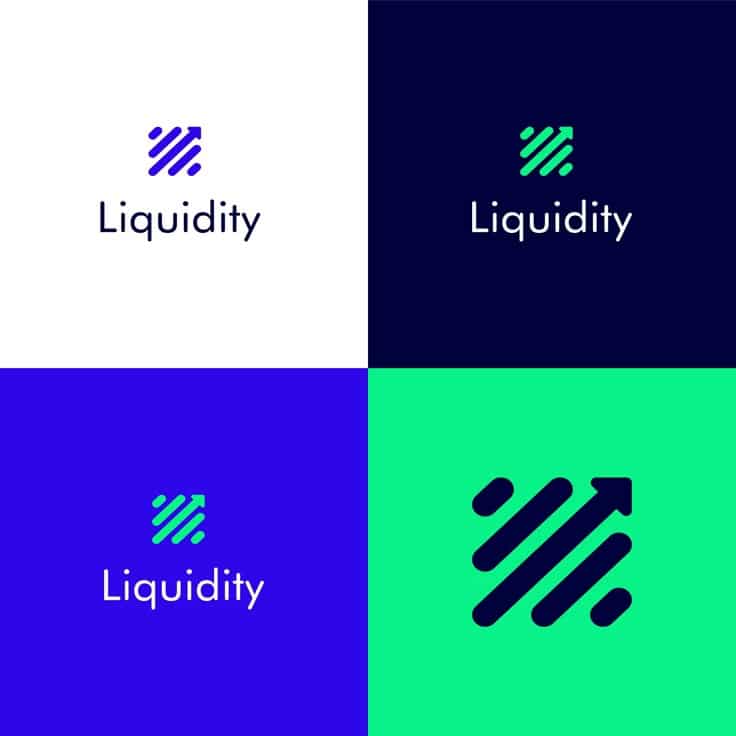
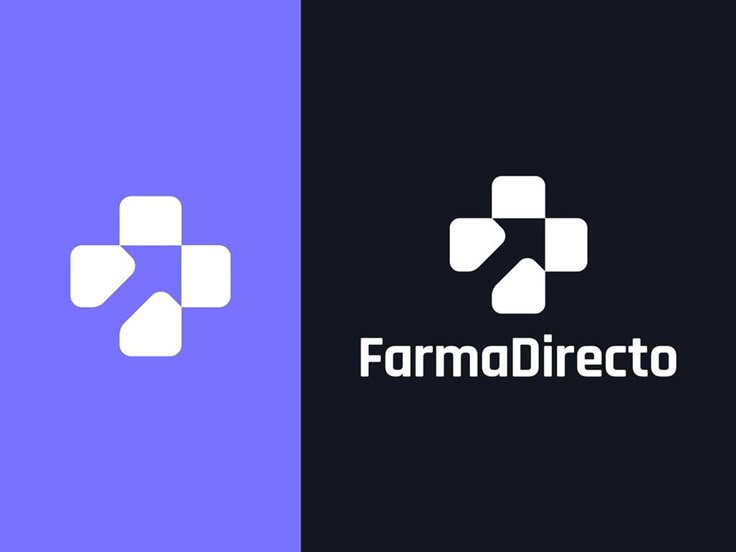
Key Elements of Logo Design for Startups
Your startup logo must communicate your brand’s identity clearly and effectively. This involves making deliberate choices about the design concept, typography, and color to ensure the logo is distinctive, scalable, and reflective of your energy as a brand.
Selecting Design Concepts
When choosing design concepts, focus on uniqueness and simplicity. Your logo should be easy to recognize and differentiate from competitors. Avoid overly complex elements that may confuse or dilute your message.
Think about the core values and mission of your startup. Your concept should visually represent these ideas, helping customers quickly understand what your brand stands for.
Test your concept in various sizes. A great logo works well on everything from business cards to billboards. Scalability and versatility are critical for lasting impact.
Importance of Typography
Typography directly affects how your brand’s tone is perceived. Choose fonts that reflect your startup’s personality—whether professional, playful, or innovative.
Use clean, legible fonts that maintain clarity at small sizes. Avoid decorative or overly complex fonts that could reduce readability.
Consistent typography supports brand cohesion when combined with your logo icon. Align your font choices with the intended message and target audience to enhance recognition.
Choosing Color and Energy
Color plays a vital role in communicating your startup’s energy and mood. Select colors that align with your brand’s values and evoke the desired emotional response from your audience.
Limit your palette to two or three key colors to keep the logo clean and versatile. Consider the psychological impact of colors: blue often suggests trust, red signals energy, and green can convey growth.
Ensure color choices maintain visibility and contrast across different backgrounds and media. Proper color balance helps your logo stand out and supports brand consistency.
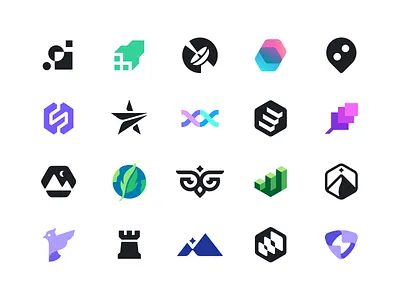
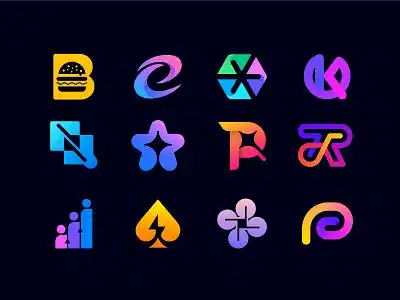
Tools and Software for Creating Startup Logos
Choosing the right tools can streamline your startup logo design process and improve the quality of your final logo. Different options provide various levels of customization, ease of use, and design sophistication, depending on your needs and skills.
Using Logo Makers and Generators
Logo makers and generators are ideal if you want a quick, straightforward way to create a logo without deep design knowledge. These tools, like Canva’s logo maker or Fiverr’s AI-powered generator, offer pre-made templates you can customize by changing fonts, colors, and icons.
They use technology to suggest design elements based on your business name or industry, helping you avoid generic results. Most logo makers are web-based and free or low-cost, making them accessible for startups on tight budgets.
Popular Design Tools and Platforms
Platforms such as Canva provide a user-friendly design environment where you can build logos with drag-and-drop features. These design tools come with extensive libraries of fonts, graphics, and templates, allowing you to produce more personalized logos than standard generators.
They also support exporting your logo in multiple formats suitable for websites, social media, and print. Canva is especially popular due to its balance between usability and creative control.
Professional Graphic Design Software
If you need maximum control over your logo’s appearance, professional software like Adobe Illustrator is the preferred choice. This software offers advanced vector editing tools that help you create detailed, scalable logos that maintain quality at any size.
While requiring more design skill and experience, these programs let you design every element precisely and customize your logo beyond template options. Many designers use Illustrator to produce logos that stand out and meet professional branding standards.
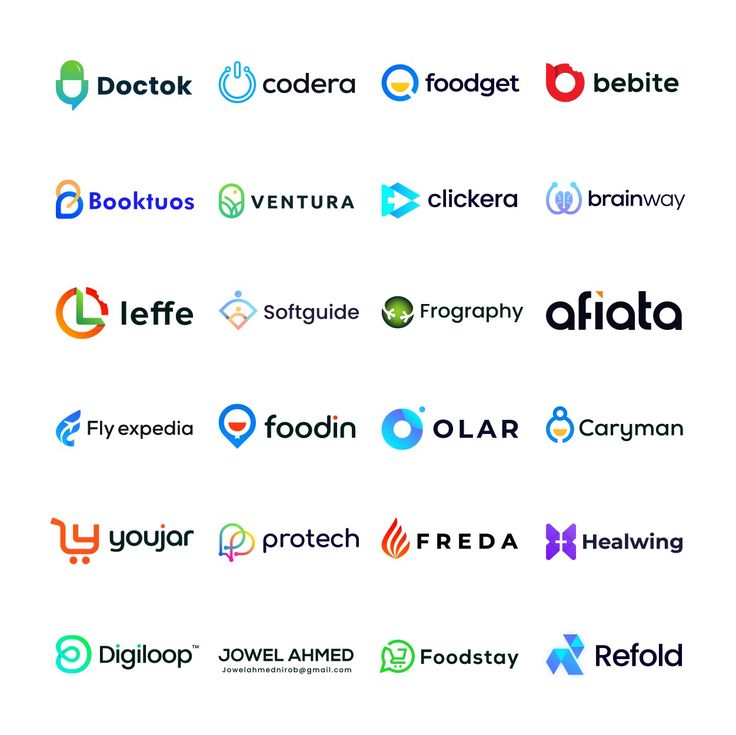

Adapting Your Startup Logo for Different Industries
Your logo must communicate clearly within the context of your industry while staying versatile across platforms. This means adjusting style, color, and elements to fit the expectations and values specific to your business sector without losing brand identity.
Technology and Software
For technology startups, your logo should convey innovation and precision. Opt for sleek, modern shapes and clean lines to reflect efficiency and forward-thinking.
Colors like blue or green are popular as they signify trust, reliability, and growth. Avoid overly complex designs; simplicity helps your logo remain legible on digital platforms of various sizes.
Incorporate subtle tech-related imagery or abstract symbols to evoke connections to software or hardware without cluttering the design. This ensures your logo works well on apps, websites, and devices.
Healthcare and Wellness
In healthcare, your logo must inspire trust and care while emphasizing professionalism. Soft, calming colors such as light blues, greens, or pastels work best to communicate health and healing.
Use rounded shapes and smooth curves to create an approachable and comforting look. Avoid harsh lines or overly aggressive fonts that might appear clinical or intimidating.
Symbols like crosses, leaves, or heart shapes can reinforce wellness themes, but clarity is crucial. Your logo should be easily recognizable on everything from clinic signage to wellness product packaging.
Environmental Businesses
For environmental startups, clearly communicate sustainability and responsibility through your logo’s design. Natural colors—greens, browns, and earth tones—connect directly with the environment.
Organic shapes and textures suggest harmony with nature. Incorporate imagery like leaves, trees, or water droplets but keep it minimal to maintain scalability and readability.
Your logo should work across merchandise, digital media, and outdoor signage, reinforcing your commitment to the environment without appearing gimmicky.
Marketing and Creative Agencies
In marketing and creative industries, your logo needs to showcase originality and flexibility. Bold, dynamic fonts and vibrant colors help express creativity and energy.
You have more freedom to experiment with abstract shapes, gradients, or unexpected color combinations that set your agency apart. Avoid clichés to maintain a fresh, distinctive look.
Ensure your logo remains versatile, as it will appear on a wide range of media including websites, social profiles, and printed materials. It must stand out while maintaining professionalism.
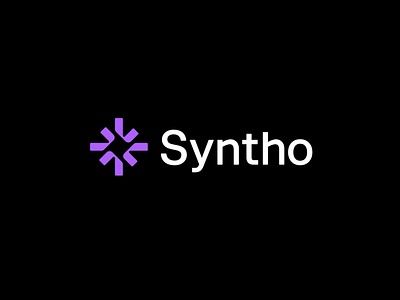
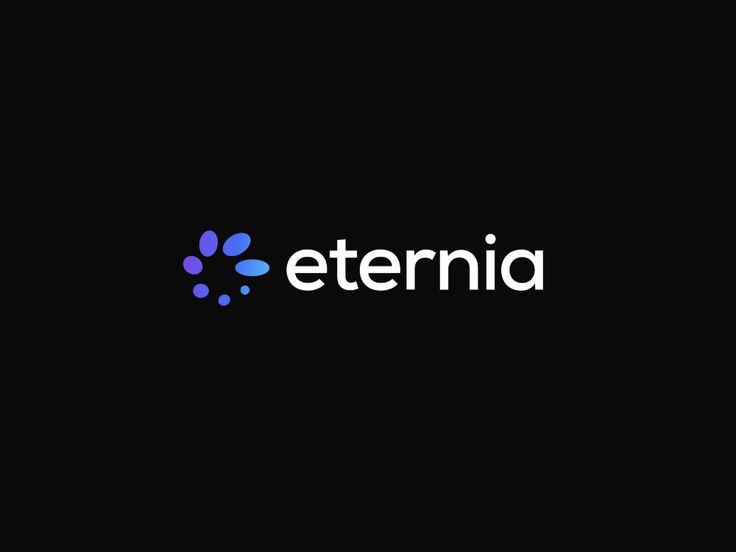
Showcasing and Applying Your Startup Logo
Your startup logo must be versatile and consistently presented across digital and print materials. Proper display reinforces brand recognition and ensures your identity remains strong in various formats and sizes.
Building a Logo Portfolio
Create a comprehensive portfolio showcasing your logo in different contexts and color variations. Include versions on light and dark backgrounds, monochrome options, and scalable formats (SVG, PNG).
Organize your portfolio by usage types, like digital, print, and merchandise. This helps you quickly select the right logo for each purpose and provides a clear visual reference for team members or designers.
Keep your portfolio updated as your logo evolves or adapts to new trends. Consistency in presentation builds credibility and strengthens your brand identity over time.
Using Logos on Websites
Your logo’s appearance on your website should be clear and adaptable to different screen sizes and devices. Use vector formats like SVG to ensure sharpness on retina and high-resolution displays.
Place your logo prominently, typically in the top-left corner or header area, where visitors expect to see it. Maintain sufficient white space around it to prevent visual clutter.
Optimize loading speed by keeping file sizes small without losing quality. Also, test your logo against different website backgrounds and ensure it works well in light and dark mode settings.
Logos for Banners and Brochures
When applying your logo to banners and brochures, prioritize scalability and visibility from a distance. Use high-resolution files (300 dpi or higher) for print to avoid pixelation.
Design banners with your logo as an anchor point and ensure it contrasts well with other elements. For brochures, place the logo on the cover and back page for recognition before and after reading.
Adhere to your brand’s color scheme and avoid squeezing or stretching the logo. Maintain consistent margins and make sure the logo complements the overall layout without overpowering other important information.
- 1share
- Facebook0
- Pinterest1
- Twitter0

